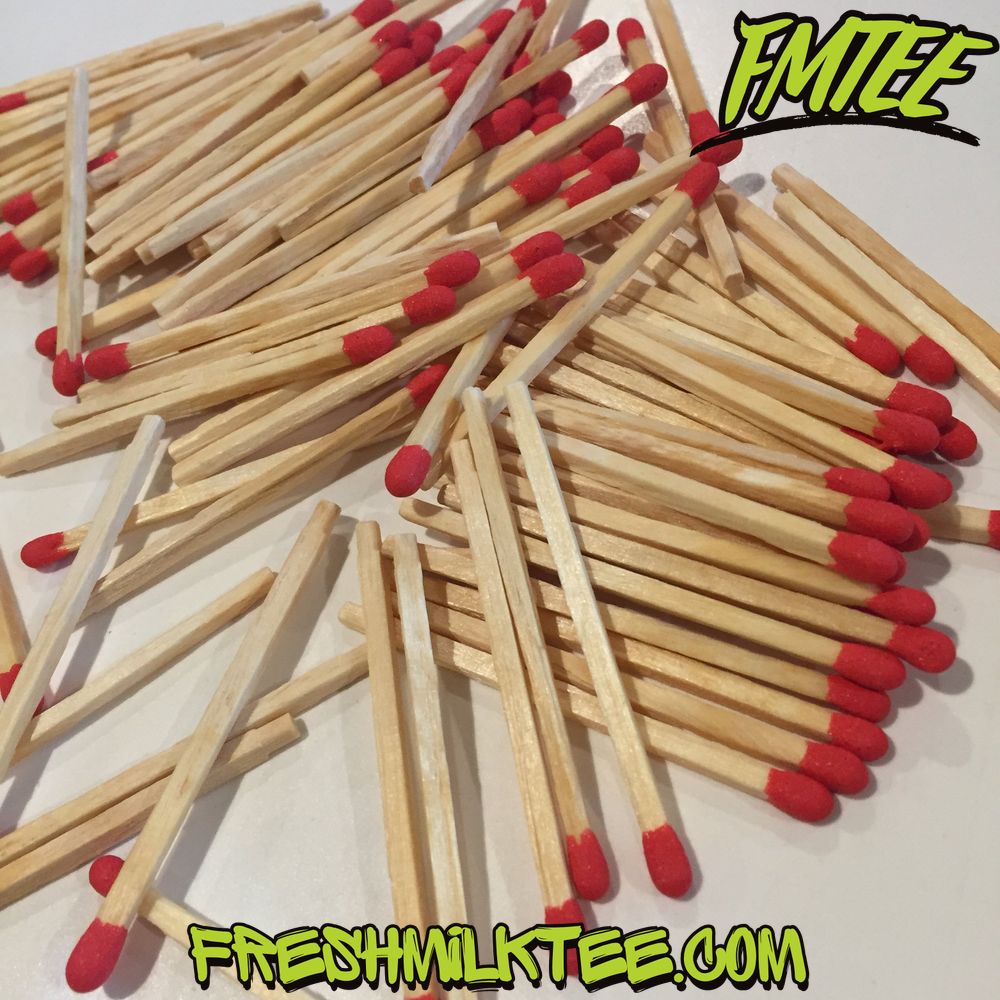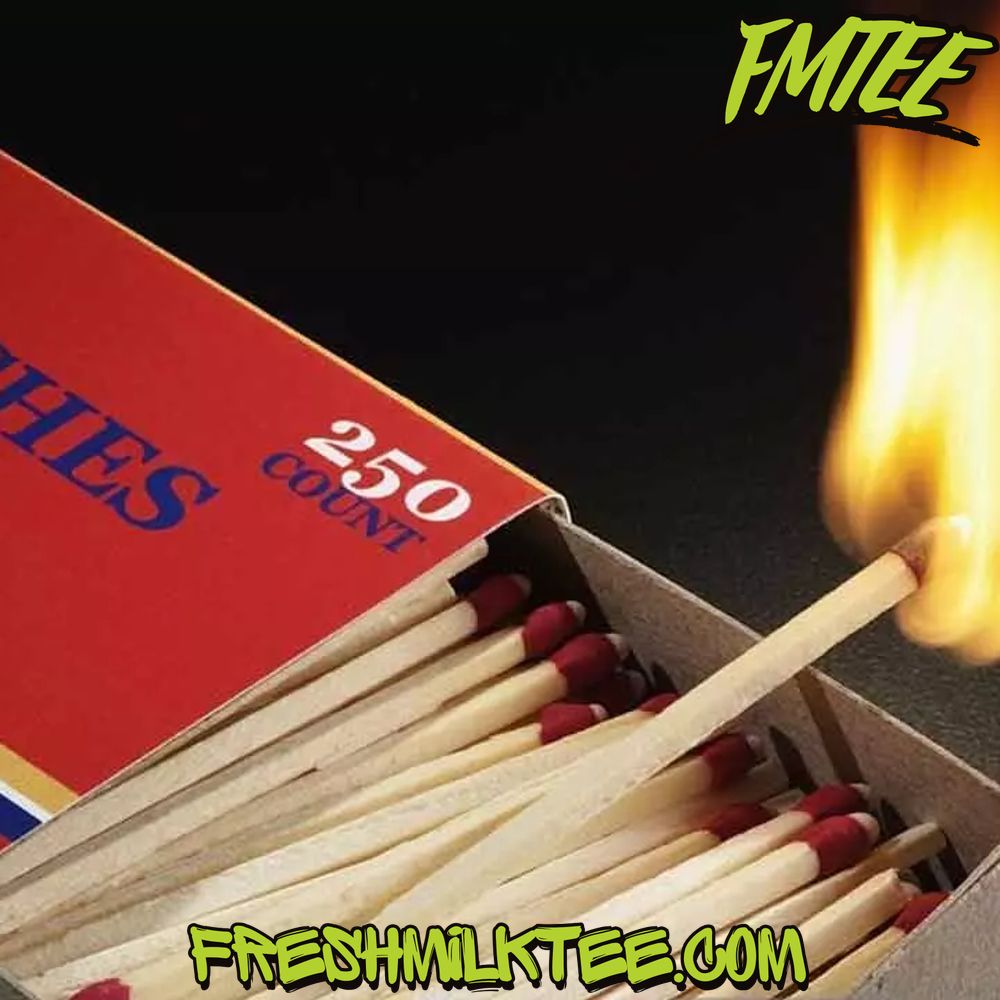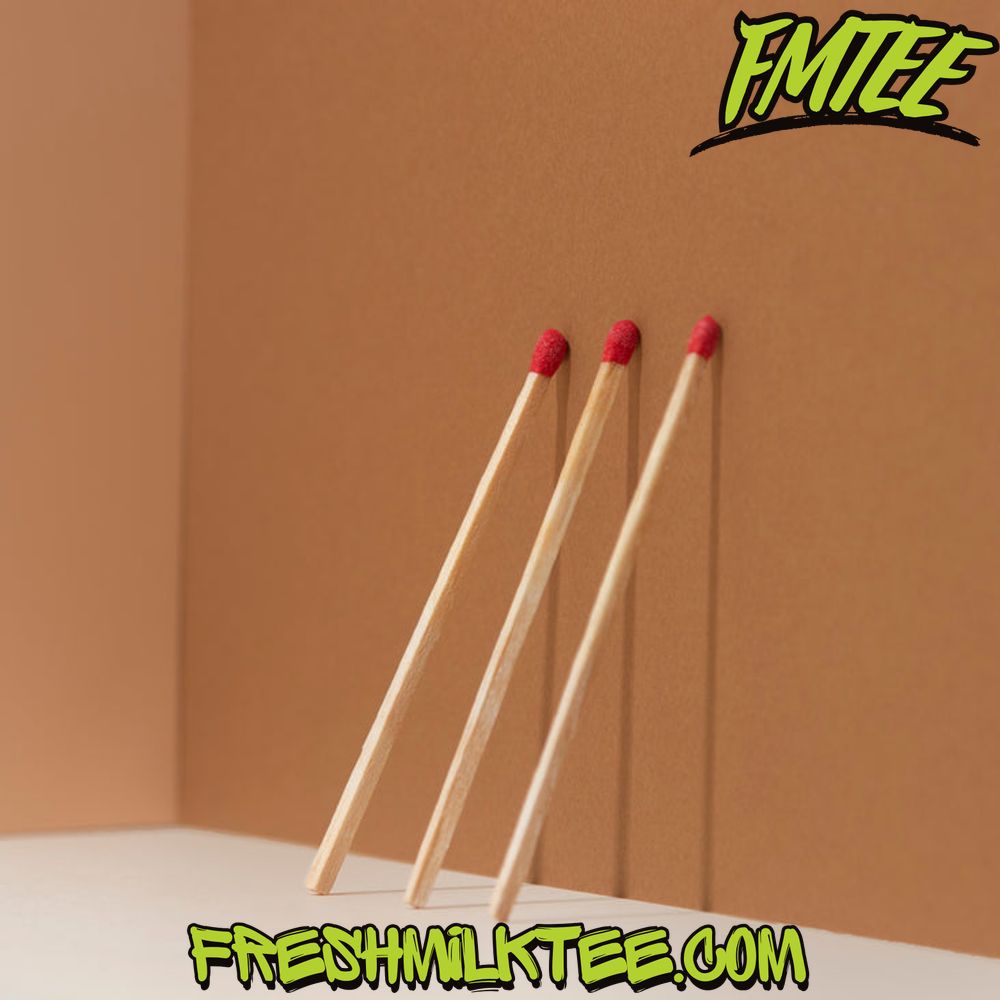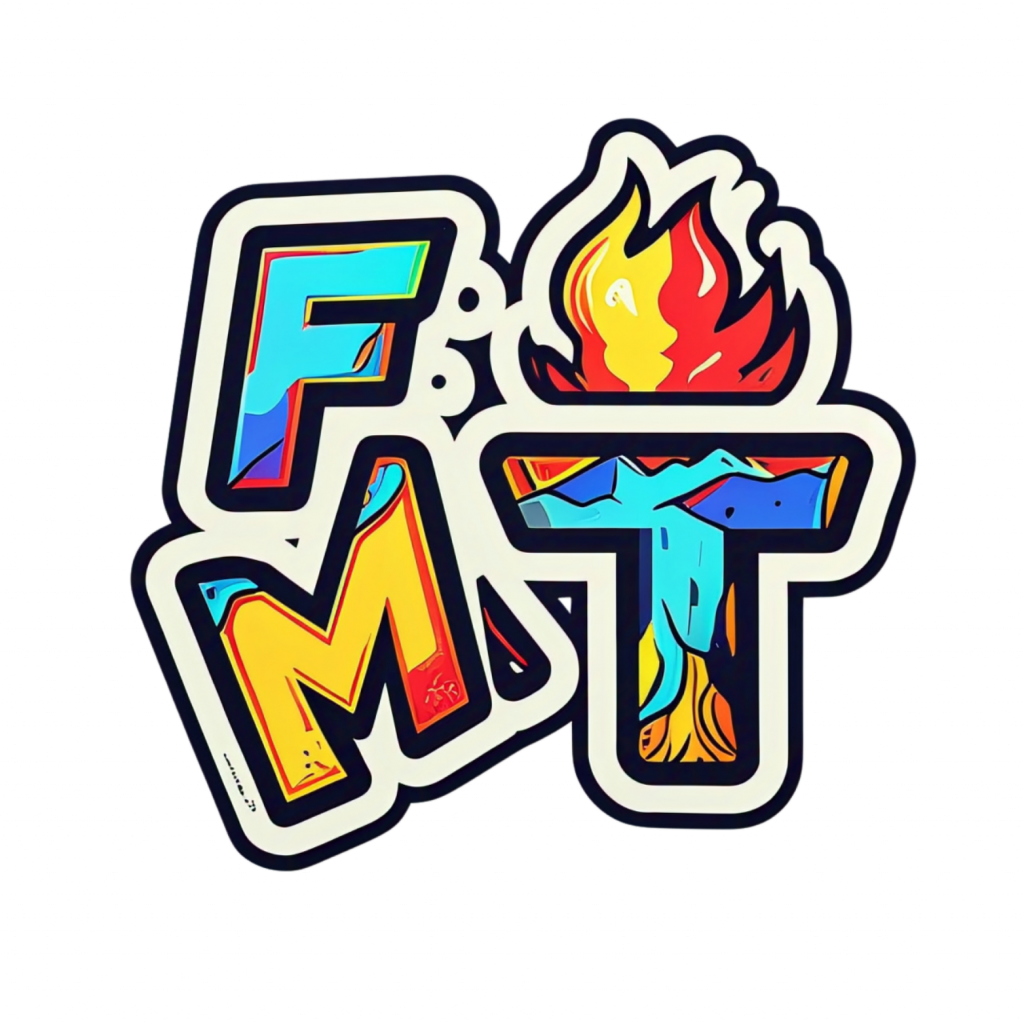Blog
What is a Wooden Match Stick Made Of?
What is a Wooden Match Stick Made Of?
Introduction
When you strike a match and watch it burst into flame, have you ever wondered what it’s made of and how it works? Understanding the composition of wooden matchsticks is more than just an interesting fact; it’s a glimpse into the science behind everyday objects. In this article, we’ll explore the materials, production processes, chemicals, and safety mechanisms that make wooden matchsticks a common and efficient tool for ignition.
Wooden matchsticks are small, everyday objects that have been around for centuries, and yet many people still don’t know what they’re made of. Whether it’s lighting a candle, starting a fire in the fireplace, or simply striking a match to light a stove, these little sticks of wood have a bigger story behind them. Let’s dive into the details of what are wooden matchsticks made from and how they work.
What Are Wooden Matchsticks Made From?
Wooden matchsticks are primarily composed of two key components: wood and chemicals. The wood used is typically softwood, such as pine, cedar, or aspen, chosen for its ease of processing and ability to hold the chemical compounds required for ignition.
The match head—the part that ignites—contains a mixture of chemicals that react with friction to produce fire. The most common chemicals used in matchsticks include sulfur, phosphorus, and potassium chlorate. Phosphorus plays a critical role in the ignition process, while sulfur helps to sustain the flame once it has started. These ingredients are combined in a paste-like form and applied to the head of the matchstick.
In addition to the chemicals, some matches also include a striker plate on the side of the matchbox, designed for frictional interaction with the match head. This plate often contains fine sand or powdered glass, which helps create the necessary friction for ignition when the match is struck.

The Components of a Wooden Matchstick
A wooden matchstick is composed of a few simple elements: the wooden stick itself, the match head, and the striker plate. Each part serves a specific function that is essential for the matchstick to ignite and burn.
Matchstick Wood Types
The wood used in matchsticks is chosen carefully for its properties. Softwood is ideal due to its softness, which allows for easy shaping and consistency in production. Woods such as pine and cedar are popular choices due to their lightness and ability to dry quickly. These woods are cut into thin, uniform sticks to ensure consistent burning and ease of use.
Match Head Composition
The head of the match is where the magic happens. It’s typically made from a combination of sulfur, phosphorus, and potassium chlorate. Phosphorus is the key ingredient that sparks the ignition. There are two main types of phosphorus: red phosphorus, used in safety matches, and white phosphorus, used in other match varieties.
- Sulfur helps the match head burn steadily once it ignites, providing a consistent flame.
- Potassium chlorate is an oxidizing agent that reacts with the phosphorus when friction is applied, causing the ignition.
Together, these ingredients work in harmony to create a controlled ignition process when the match is struck.
Matchstick Striker Plate
The striker plate is usually located on the side of the matchbox or matchbook. It’s designed to provide enough friction to ignite the match head. This plate is often coated with a mixture of fine sand, powdered glass, and other abrasives that generate friction when rubbed against the match head.
How Are Wooden Matchsticks Made?
The manufacturing of wooden matchsticks involves several steps. The process begins with harvesting softwood trees, which are then cut into small pieces that are shaped into the characteristic matchstick size. Once the wooden sticks are prepared, they are ready for the application of the match head.
The Manufacturing Process of Wooden Matchsticks
- Step 1: Wood Cutting – Softwood logs are carefully selected and cut into thin, uniform sticks.
- Step 2: Drying and Shaping – The wooden matchsticks are dried to prevent moisture from interfering with ignition. Once dried, they are shaped into their final form.
- Step 3: Applying the Match Head – The match head is made by mixing phosphorus, sulfur, and potassium chlorate into a paste. This paste is then applied to the top of each wooden stick.
- Step 4: Drying the Match Heads – After the match heads are coated, they are left to dry, solidifying the chemicals.
- Step 5: Adding the Striker Plate – A striker plate is then applied to the side of the matchbox or matchbook, ensuring there is a surface to create friction when the match is struck.
The entire process ensures that the wooden matchstick is ready for use, with the chemicals and frictional components designed to ignite the match reliably.

The Role of Chemicals in Wooden Matchsticks
The chemicals used in wooden matchsticks are crucial to their function. Without the right combination of ingredients, the match would either not ignite or burn uncontrollably.
Phosphorus in Matchsticks
Phosphorus is an essential component in the ignition process of matchsticks. Red phosphorus, which is used in safety matches, is applied to the striker plate and reacts with the chemicals in the match head to cause ignition. The friction between the match and striker plate causes the red phosphorus to release enough heat to ignite the match head.
Sulfur in Matchsticks
Sulfur is added to match heads to sustain the flame once the match is lit. It helps the match burn evenly and steadily without going out too quickly.
How the Match Head Chemical Reaction Leads to Ignition
When the match is struck, the friction between the striker plate and the match head generates heat. This heat ignites the phosphorus in the match head, which then reacts with the potassium chlorate to start a chain reaction. The sulfur aids in maintaining the flame, allowing it to burn for several seconds. The ignition process is a perfect example of how the combination of friction, chemicals, and heat creates fire.
Safety Features of Wooden Matchsticks
Modern wooden matchsticks are designed with safety in mind. Today’s matches come in two main types: safety matches and strike-anywhere matches.
Safety Matches vs. Strike-Anywhere Matches
- Safety matches require a specific surface to ignite. These matches are typically designed to ignite only when struck on the specially treated striker plate of the matchbox.
- Strike-anywhere matches can be ignited by friction on any rough surface. While they are convenient, they can also be more dangerous due to their ability to ignite on unintended surfaces.
Safety Mechanisms in Modern Wooden Matchsticks
The safety mechanisms in wooden matchsticks are designed to reduce the risk of accidental ignition. Safety matches often use red phosphorus in the striker plate and only work when struck on that specific surface, ensuring they won’t ignite by simply rubbing them on any rough surface.
The Burning Process of a Wooden Matchstick
The burning process of a wooden matchstick is fascinating. Once the match head is ignited, the flame burns steadily thanks to the chemicals within the match head.
How a Wooden Matchstick Ignites and Burns
The match ignites through friction, which generates enough heat to spark the chemical reaction in the match head. Once lit, the flame burns the wood of the matchstick, which continues to burn until the fire reaches the end of the matchstick. The match burns in a controlled manner, thanks to the sulfur and phosphorus in the head.
The Chemical Reactions Involved When Lighting a Match
The chemical reactions are initiated by heat. When the match is struck, red phosphorus reacts with potassium chlorate and sulfur, creating enough heat to sustain the ignition process. The sulfur helps the match burn evenly, while the phosphorus facilitates the ignition.
Lifespan of a Wooden Matchstick Once Ignited
A wooden matchstick typically burns for a few seconds to a minute, depending on the size of the matchstick and the material. Once the matchstick is burned, it’s spent, and its flame extinguishes.
The Different Types of Wooden Matches
There are several different types of wooden matchsticks to cater to various needs.
Long Wooden Matches for Specific Uses Like Lighting Fireplaces
Some wooden matchsticks are longer, designed for use in lighting fireplaces or other hard-to-reach places. These matches burn for a longer period, ensuring that they can light larger fires effectively.
Friction Matches vs. Traditional Matches
Friction matches work by generating heat through friction on any rough surface, unlike traditional safety matches that require a specific striker plate. Friction matches are convenient, but they carry an added risk of accidental ignition.
Strike-Anywhere Matches and How They Differ from Regular Matches
Strike-anywhere matches can be ignited by striking them on any rough surface, whereas traditional safety matches require a special striker plate. While strike-anywhere matches offer more convenience, they can be more dangerous due to their higher potential for unintended ignition.

Common Uses of Wooden Matchsticks
Wooden matchsticks are incredibly versatile and used in a variety of settings.
Everyday Applications: Lighting Candles, Stoves, and Fireplaces
The most common use of wooden matches is lighting candles, stoves, and fireplaces. Their ability to generate a quick, small flame makes them ideal for these everyday tasks.
The Significance of Matchsticks in History and Culture
Throughout history, matchsticks have played a vital role in starting fires, providing light, and enabling cooking in societies worldwide. They were especially important before the invention of lighters and other modern tools.
Wooden Matchsticks in Survival Kits and Outdoor Activities
In survival situations, wooden matchsticks are invaluable for starting fires. They’re compact, easy to use, and can ignite even in harsh conditions when used with waterproof or strike-anywhere varieties.
Conclusion
Understanding what a wooden matchstick is made of helps us appreciate this simple yet powerful tool that we often take for granted. From its composition to the chemical reactions that make it burn, wooden matchsticks are a marvel of modern science and history. Whether used for lighting a candle or starting a fire in the wilderness, wooden matchsticks are an essential part of our daily lives.
If possible, please visit dinounicorn.com or freshmilktee.com to support us.
Frequently Asked Questions (FAQ)
What are wooden matchsticks made of?
Wooden matchsticks are made of softwood like pine, cedar, or aspen, and the match head contains chemicals like sulfur, phosphorus, and potassium chlorate.
How are wooden matchsticks made?
Wooden matchsticks are made by cutting softwood into thin sticks, applying a chemical paste to the head, and allowing the match to dry.
What chemicals are in the match head?
The match head contains sulfur, phosphorus, and potassium chlorate, which react to create heat and light when friction is applied.
Can wooden matchsticks be used in wet conditions?
Yes, some types of matchsticks, like waterproof matches or strike-anywhere matches, can be used in wet conditions.
What is the difference between safety matches and strike-anywhere matches?
Safety matches only ignite when struck on a specific surface, whereas strike-anywhere matches can be ignited on any rough surface.

